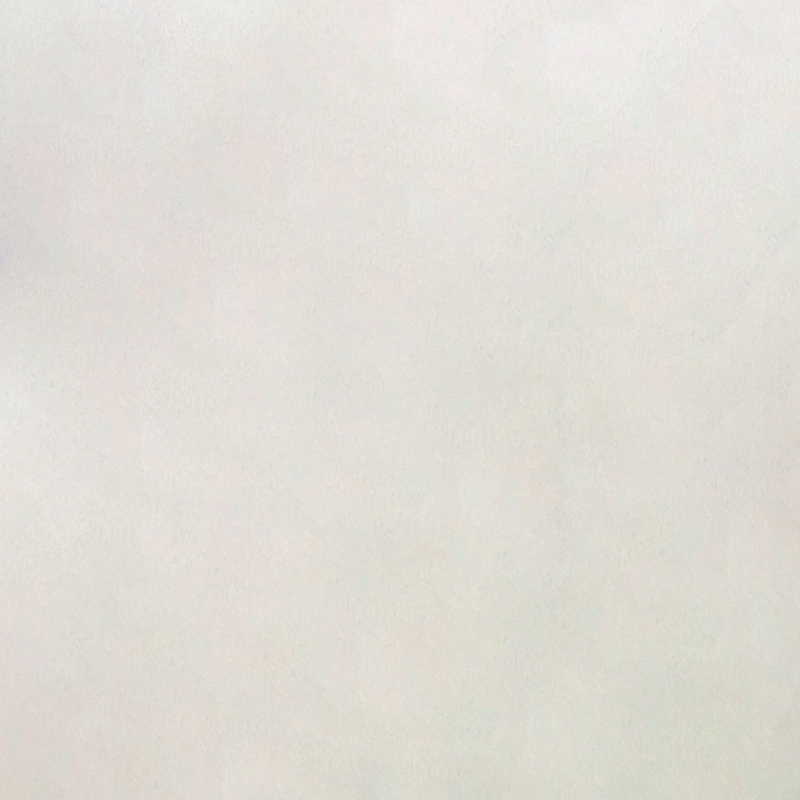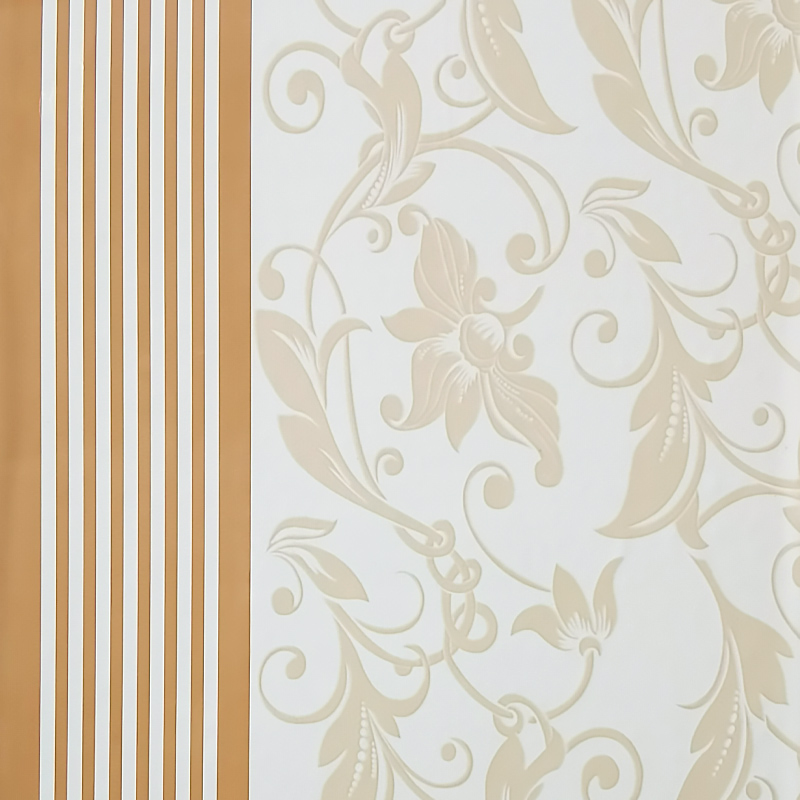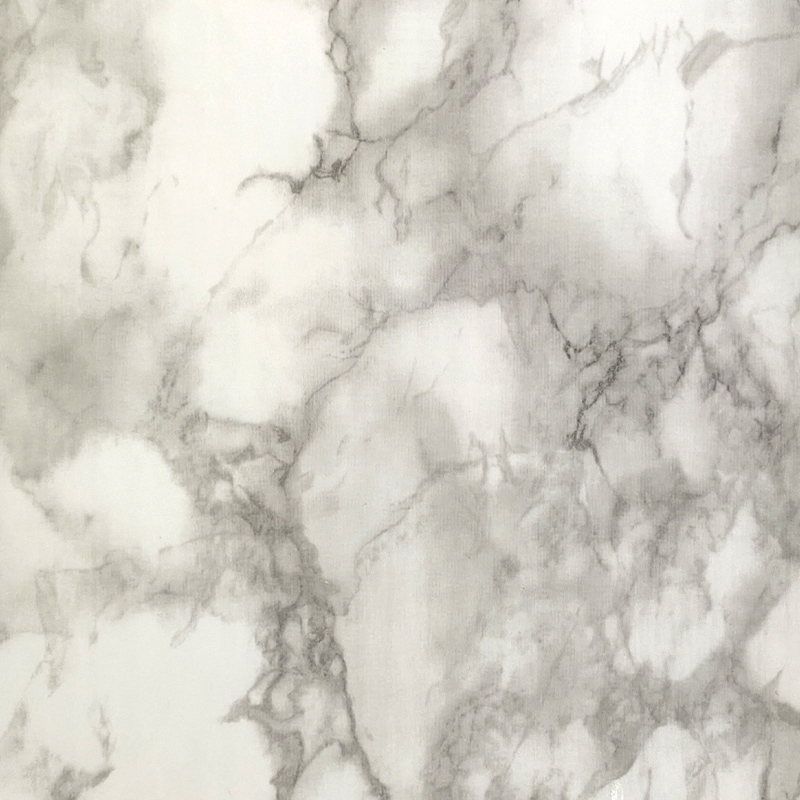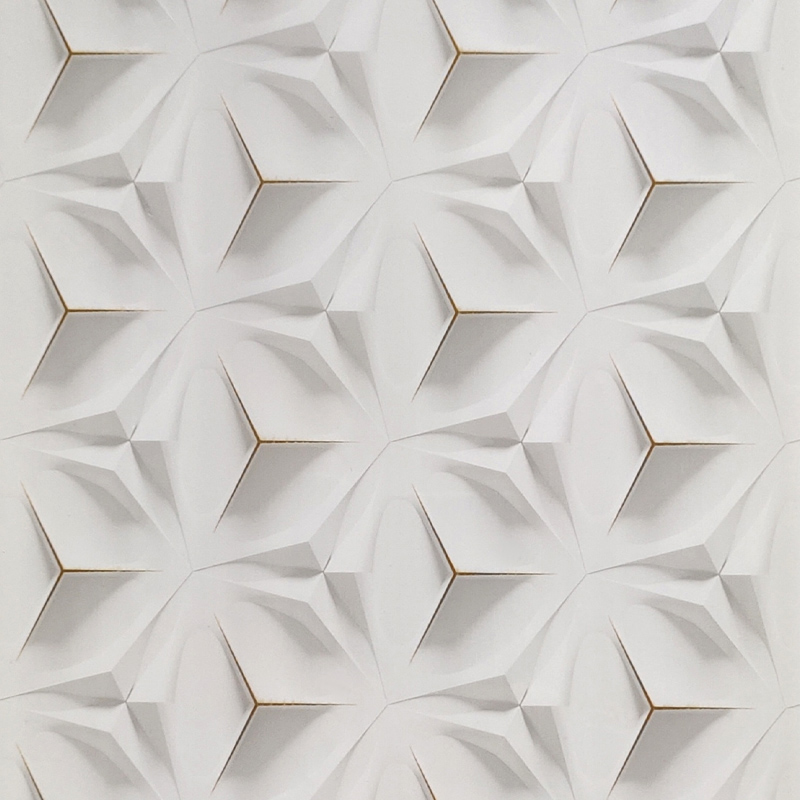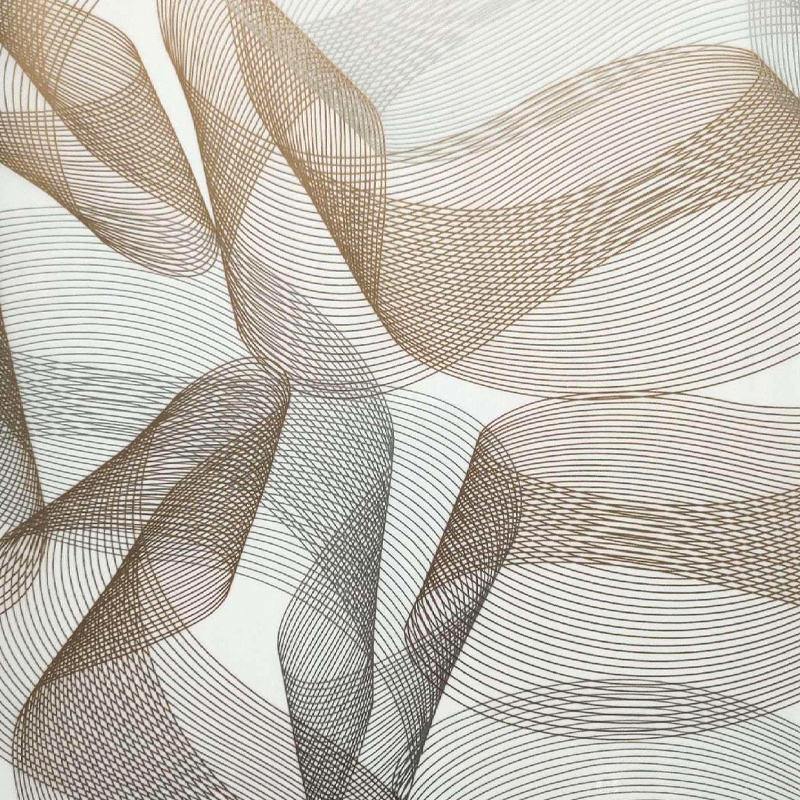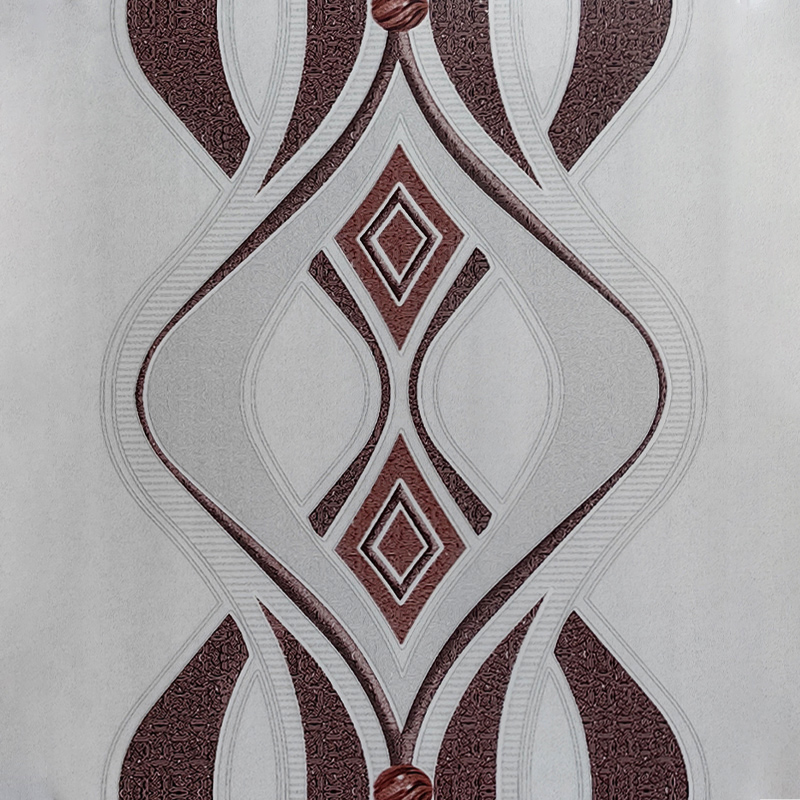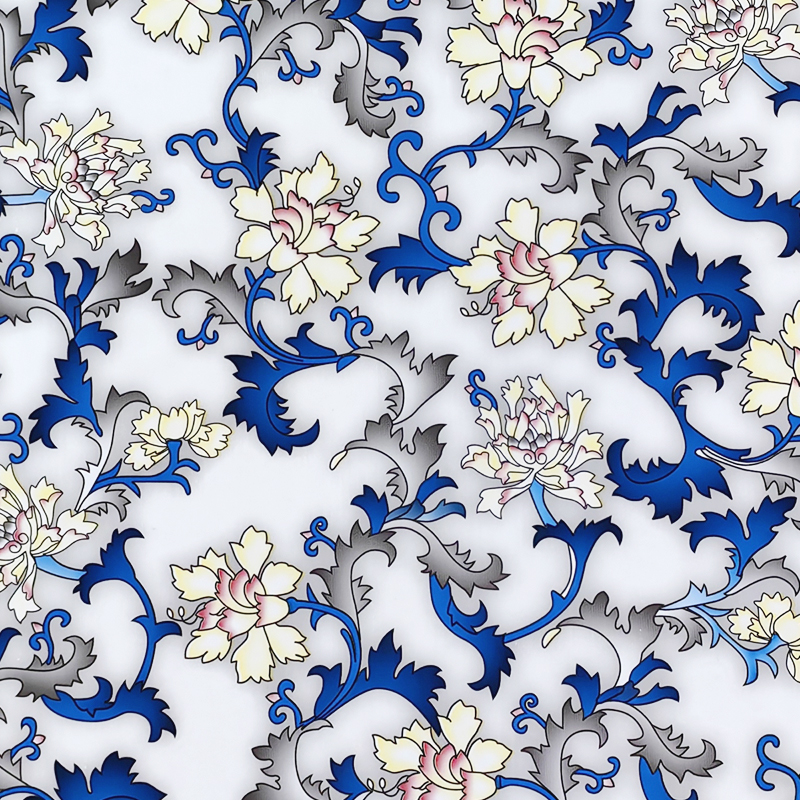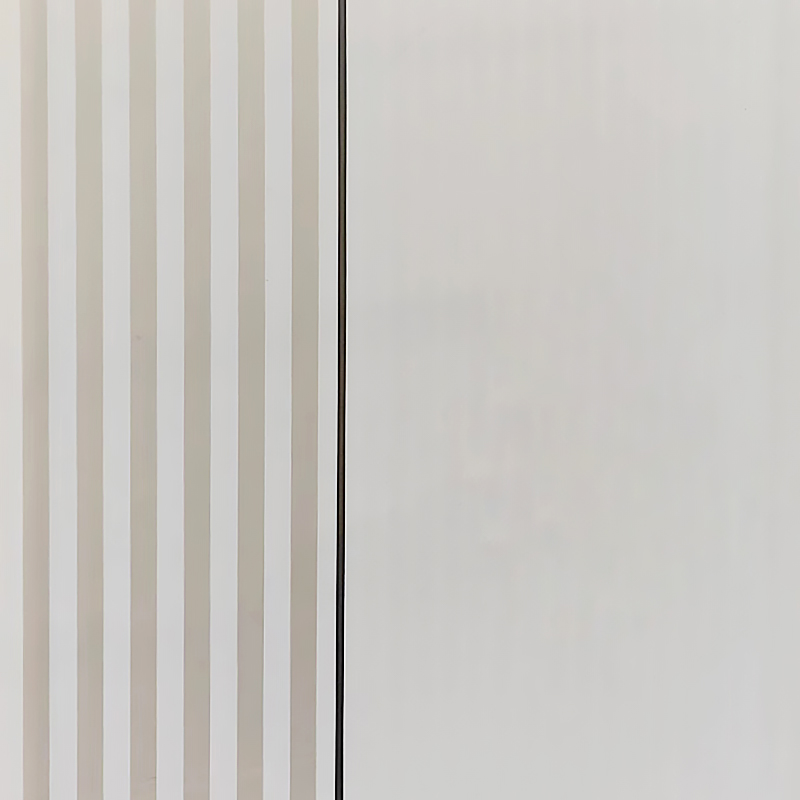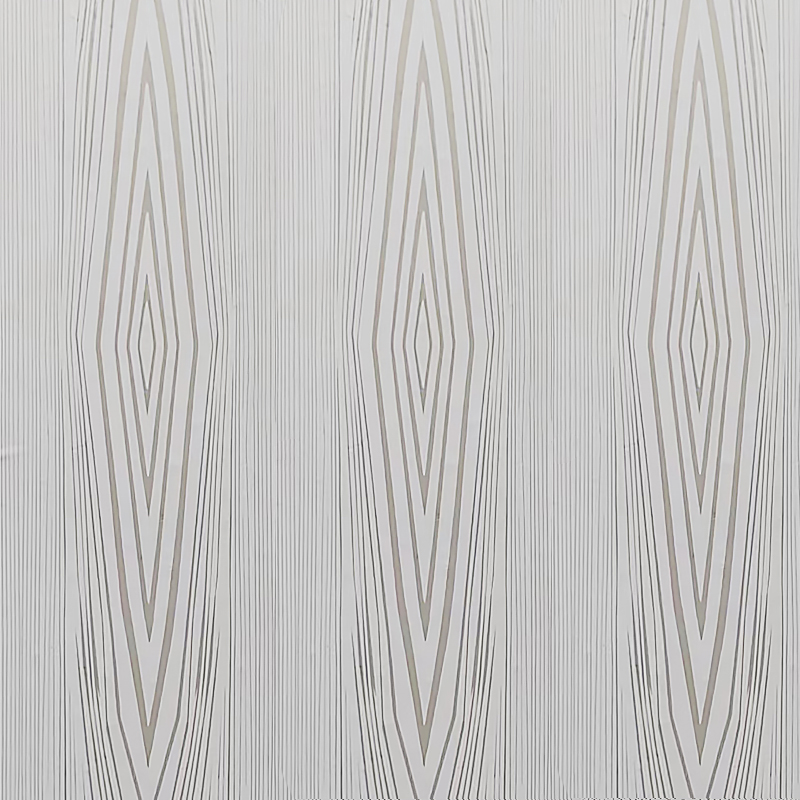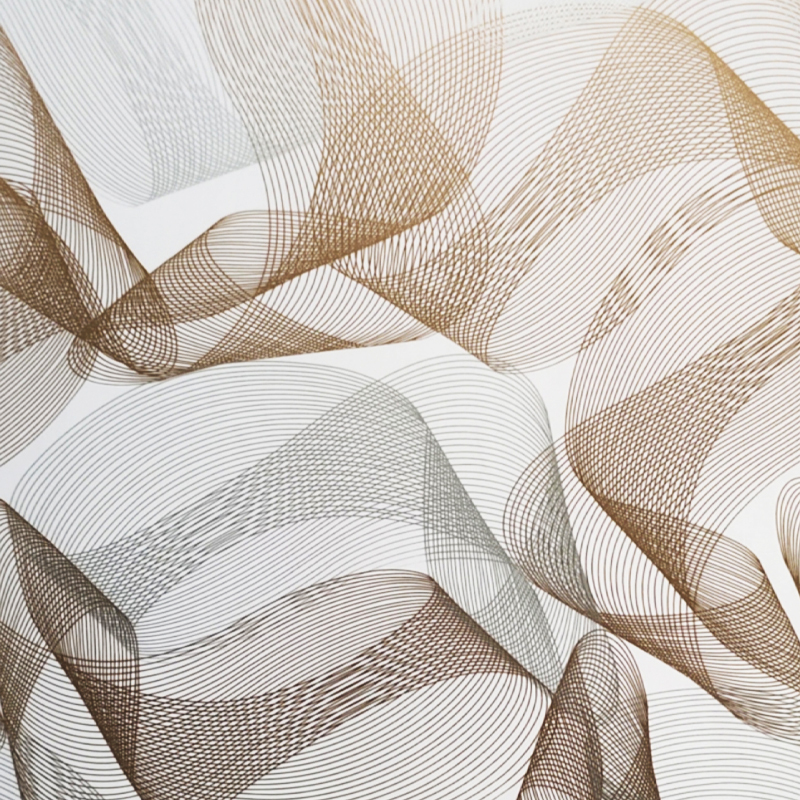What are the main differences between PVC, PET, and PP hot stamping foils in terms of performance, appearance, and cost?
The main differences between PVC, PET, and PP hot stamping foils can be examined across three critical dimensions: performance, appearance, and cost. Each material has unique properties that make it suitable for different applications and user priorities.
1. Performance
PVC (Polyvinyl Chloride):
PVC foils are known for their strong durability and excellent adhesion. They perform well under heat and pressure, making them ideal for hot stamping on a wide range of substrates such as wood, MDF, and plastic. PVC is also flexible, which allows it to conform to uneven or contoured surfaces. Additionally, it offers good resistance to moisture, chemicals, and UV light, making it suitable for both indoor and semi-protected environments.
PET (Polyethylene Terephthalate):
PET foils excel in high-precision applications where dimensional stability is critical. They have high tensile strength and thermal resistance, which makes them ideal for high-speed or high-temperature stamping processes. PET foils offer excellent chemical and abrasion resistance but are less flexible than PVC, which limits their use on highly contoured surfaces. Their adhesion properties may also vary depending on the coating and the substrate.
PP (Polypropylene):
PP foils are more lightweight and environmentally friendlier due to lower chlorine content. However, they have lower heat resistance compared to PVC and PET, and are less durable under mechanical stress. They work best on flat surfaces and for short-term decorative applications where extreme durability is not essential. Their adhesion can also be less consistent unless paired with surface treatments.
2. Appearance
PVC:
PVC foils offer a broad range of decorative effects, including glossy, matte, metallic, marble, wood grain, and holographic finishes. The material readily accepts printing and embossing, resulting in crisp, vibrant designs with depth and texture. The finish tends to have a "softer" and warmer visual feel.
PET:
PET foils provide a clean, high-gloss, and sharp visual finish with excellent color clarity. They are often used in luxury packaging, labels, and high-end decorative applications. Their smooth, glossy surface enhances fine details, making them ideal for branding or products requiring a more refined, precise look.
PP:
PP foils typically offer a more basic aesthetic range, though some decorative effects are achievable. They are more commonly used for simple prints or low-cost applications. The finish tends to be more muted compared to PVC and PET, with less visual depth or texture fidelity.
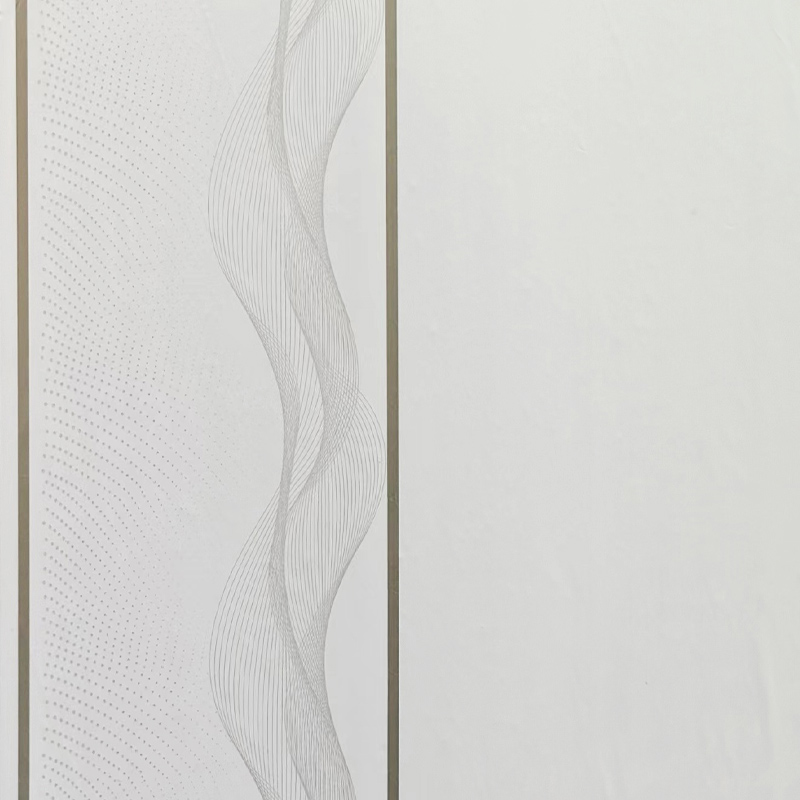
3. Cost
PVC:
PVC foils offer a balance between performance and price. They are relatively affordable and widely used across many industries. Their cost-effectiveness, combined with versatility, makes them a popular choice for furniture, wall panels, and general interior décor.
PET:
PET foils are generally more expensive due to higher material costs and superior performance in demanding conditions. They are usually selected for premium applications where high heat resistance and visual precision are required.
PP:
PP foils are typically the most economical option. They are best suited for budget-conscious projects where limited durability and design complexity are acceptable. Their lower processing temperature can also reduce production energy costs, but their shorter lifespan can be a trade-off.
|
Property |
PVC |
PET |
PP |
|
Durability |
High |
Very High |
Moderate |
|
Flexibility |
Excellent |
Limited |
Good |
|
Heat Resistance |
Moderate to High |
Very High |
Low |
|
Surface Finish |
Versatile, textured, rich |
Smooth, high-gloss, precise |
Simple, less defined |
|
Adhesion |
Strong on many substrates |
Excellent with proper coating |
Variable, may need treatment |
|
Cost |
Moderate |
High |
Low |
|
Best For |
Furniture, wall panels |
Luxury packaging, labels |
Low-cost, simple applications |


 English
English русский
русский Español
Español عربى
عربى bahasa Indonesia
bahasa Indonesia